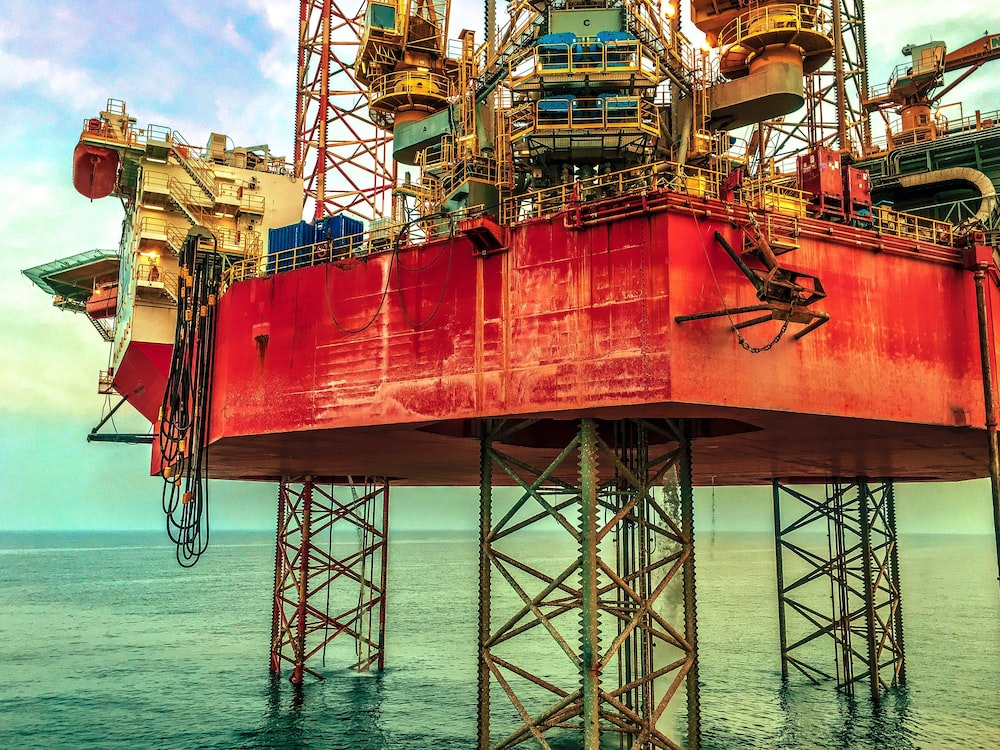A fleet of fully operational, high-functioning land and underground drilling equipment is the ultimate goal. Drill rigs are the pieces of heavy equipment that unearth true job site digging potential and tackle everything from quarrying to construction.
Designed for digging and extracting through the earth’s surface, these machines undergo unique physical stresses, vibrations, and wear and tear. They also require unique preventive maintenance and precise schedules for testing, inspections, lubrication, cleaning, and part repairs and replacements.
In a nutshell, equipment that works this hard cannot be hardly cared for. However, for many field managers and operators, maintaining drill rigs to stay at full operating efficiency can be challenging. Here’s a brief guide by experts at CNPS to help you remain on top of the preventive maintenance schedules.
The Importance of Preventive Maintenance for Drill Rig Equipment
There’s simply no better way to reduce risk, control costs, and maintain compliance and productivity on job sites than scheduling regular machine inspections and preventive maintenance. It’s important to monitor all mechanisms and components to reduce downtimes and mitigate the equipment overhaul likelihood.
Devising a tailored maintenance schedule is key to ensuring the job is don’t safely and efficiently. You must consider your machine load cycles, work environment, operating times, climate, manufacturer recommendations, regulatory requirements, and other factors when drafting maintenance schedules primed for success.
Keys to Care

Training
All crew on board must be immersed in standard preventive maintenance routines to ensure everyone remains safe. Well-rounder crew that receives regular training and tutorials helps maintain the project’s integrity.
Delegate roles with responsible personnel in charge of target and specific inspection domains. The roles must be fully trained and well supported with audits and test runs to assure everyone is ready to perform their part of the inspection.
Thorough inspections of the drill rig must be conducted every day before heading out into the field. The crew should look for things like leaks, unspooled cables, loose bolts, and fluid levels.
Also make sure all crew wears proper PPE, including hearing protection, gloves, safety glasses, and more, even when repairing the drill or cleaning it whether at the headquarters or out in the field. Safety measures are important because workers can get injured even during maintenance and repair work.
Greasing
Greasing is an essential part of maintenance that must be addressed daily to get all the dirt out of the bearings. The crew must clean them and pump fresh grease into them. Rigs run and mechanically move all the time, so without proper grease, they’re likely to quickly wear out, especially when not cared for properly. Many times, you can find other potential problems with the rig that need to be addressed promptly while greasing the drill rig.
Cleaning
Make sure the drill rigs are regularly cleaned. It’s practically impossible to clean them every day because of the timeframe and nature of the work performed through the drill rigs. All the dirt and particles fly in the air and cover the surfaces to block them. It’s basically like sandpaper on the components. Therefore, to increase their lifespan and functionality, make sure they’re regularly cleaned and greased off properly.

Paint Chips
When the paint is chipped and doesn’t get repainted quickly, it can lead to corrosion and rust. The rust goes through and ends up damaging the structure and frame of the rig. The salt can enter the chipped spot to corrode the metal. Therefore, it needs to be touched up and repainted when it’s scratched.
Fluids
Check the rigging manual to find the lubrication chart that clarifies what kinds of oils to use in your drill rig. Using the wrong fluids or not oiling regularly can eventually lead to the pumps and seals going out and costly repairs. Putting inadequate or wrong oils can also burn the pump up quickly, putting you through a mechanical breakdown requiring extensive downtime.
If you’re looking for oilfield service equipment or need oil and gas equipment solutions, check out our EOR technology and solutions, fiberglass pipe systems, OCTG pipe solutions, fiberglass tanks, mud logging equipment, and cementing equipment by connecting with us!
At CNPS, we’ve catered to numerous clients since launching as an energy solutions provider and oil and gas equipment supplier in 2008. We’re proud of our extensive range of affordable energy equipment & services.


